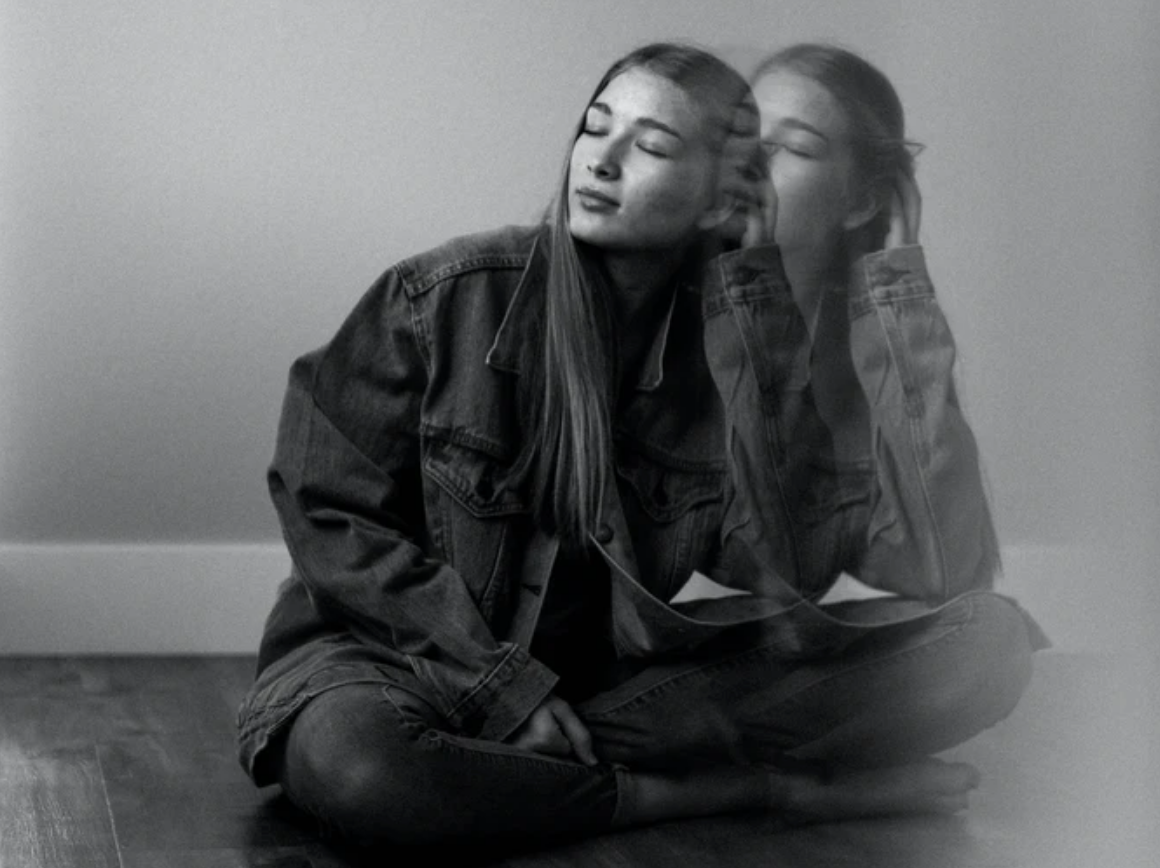When people explain how to meditate, they always say to focus on our breath.
After that, we’re on our own.
And any further instruction seems to mostly be about failing:
“Because you’re so bad at this, you’ll get distracted.”
“Just forgive yourself for sucking so much and come back to stare at your breath some more.”
But what if we don’t get distracted? What then?
The secret that people so often forget to mention is that focusing on our breath is only the first step. It’s like a dark, warm staircase leading downward and inward.
We’re here to talk about how to meditate when we get to the bottom of that staircase.
The exercise as a whole is about focusing on our breath and observing what happens. Many things might happen—more than we can imagine.
One thing that might happen is that the feeling of breathing might be so interesting to us that we won’t even feel like bothering with any other thoughts. It feels like admiring the beautiful carpet covering the stairs on our staircase, and it can be a powerful drill. It is not, however, all there is to do.
Alternatively, we may find ourselves swept away by gusts of thought. Sometimes, we call this “getting distracted.” Other times, it’s more like observing our own thoughts with curiosity, like beautiful autumn leaves or a handful of those “helicopter seeds” riding a breeze.
The question is, why are we meditating?
If it was because we heard it was good and might help us with stress, then we’re here to explore the feelings in our nose, face, throat, back of our neck, upper chest, whole chest, stomach, solar plexus, waist, legs, and toes as we breathe.
To be fair, we will get distracted. But not because we suck—because most of the time, the feeling of breathing isn’t even supposed to be interesting and focusing on it is hard. In the beginning, it might be helpful to think of our focusing time (our task) as inhaling and our distraction time as exhaling.
On the other hand, we may do it in order to meditate on something. If this is the case, let’s hold our mental hand out and draw our subject out of the crowd of thoughts, memories, plans, and other leaves that are tossed by the wind. When we draw it to us, it will come.
When it comes, we should hold it and be there with it. Thoughts about our subject of meditation will emerge—some of them might even be the answers we came here for. More likely, this will be only the first of several 15-minute or more sessions on the path to resolution about our subject.
If we’re at a loss and need drills, we should try this: Let’s focus on our breath for a while until we focus on sitting the way we are—it definitely hurts. Now, let’s adjust our position until it feels relatively alright. We will have urges to take breaks and return our attention to our breath. When we do that, we should come back to our task of making something that hurts feel relatively alright.
Now we have two things to focus on: our physical sitting task (inhale time) and our breath (exhale time).
Here’s a third option, if applicable: If we feel more or less alright, let’s do the same kind of body scan with our attention until we find something that feels really nice. We should keep looking until we find one. If we don’t find one, we must adjust our posture and our thoughts until we find something that could make us smile a little bit because of how nice it feels.
Welcome to the basement—the bottom of the stairs. Do what you like—whether it’s something we’ve already talked about or something that’s more interesting.
Quit when you want, or maybe just a little after you want.
~


 Share on bsky
Share on bsky





Read 0 comments and reply